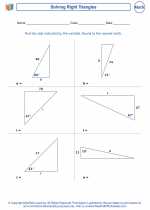Congruent Polygons
In geometry, polygons are figures with straight sides. When two polygons are congruent, it means that they have the same size and shape. In other words, all corresponding sides and angles are equal. Congruent polygons can be translated (moved), rotated (turned), and/or reflected (flipped) and they will still be congruent to each other.
Key Concepts:
- Corresponding Sides: The sides of congruent polygons that are in the same position.
- Corresponding Angles: The angles of congruent polygons that are in the same position.
- Translating: Moving a polygon without rotating or flipping it.
- Rotating: Turning a polygon around a point.
- Reflecting: Flipping a polygon over a line.
Properties of Congruent Polygons:
- Corresponding sides and angles of congruent polygons are equal in measure.
- They have the same perimeter, area, and shape.
- Corresponding vertices are equidistant from the center of rotation.
Example:
Consider two congruent triangles. If triangle ABC is congruent to triangle DEF, it means that:
- AB = DE
- BC = EF
- AC = DF
- ∠A = ∠D, ∠B = ∠E, ∠C = ∠F
Study Guide:
When studying congruent polygons, make sure to:
- Understand the definition of congruent polygons.
- Learn the properties and characteristics of congruent polygons.
- Practice identifying corresponding sides and angles in congruent polygons.
- Work through exercises involving translating, rotating, and reflecting congruent polygons.
- Apply the concept of congruent polygons to solve geometry problems and proofs.
Understanding congruent polygons is essential in geometry as it forms the basis for various geometric reasoning and problem-solving. Practice identifying congruent polygons by comparing their corresponding sides and angles, and remember that congruent polygons have the same size and shape.
.◂Math Worksheets and Study Guides Seventh Grade. The Pythagorean Theorem
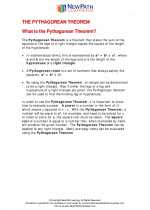
 Study Guide
Study Guide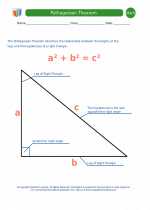
 Worksheet/Answer key
Worksheet/Answer key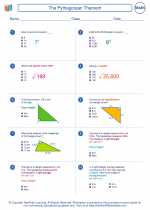
 Worksheet/Answer key
Worksheet/Answer key
 Worksheet/Answer key
Worksheet/Answer key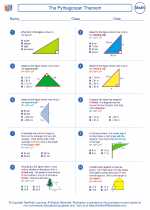
 Worksheet/Answer key
Worksheet/Answer key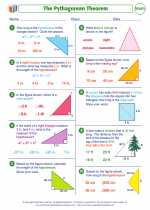
 Worksheet/Answer key
Worksheet/Answer key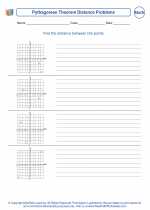
 Worksheet/Answer key
Worksheet/Answer key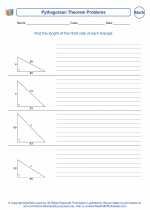
 Worksheet/Answer key
Worksheet/Answer key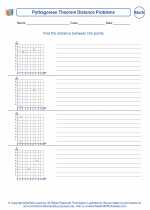
 Worksheet/Answer key
Worksheet/Answer key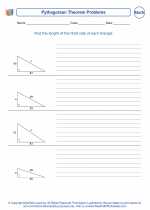
 Worksheet/Answer key
Worksheet/Answer key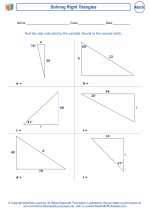
 Worksheet/Answer key
Worksheet/Answer key